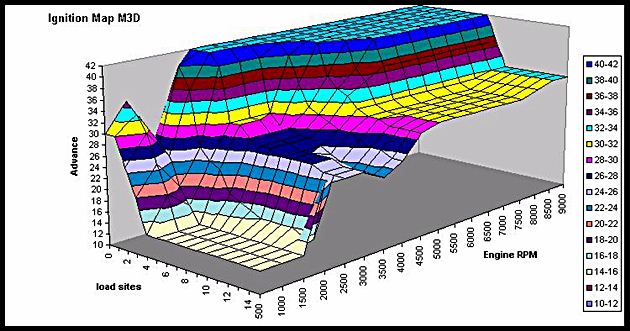- 800-381-2065
- [email protected]
- 9675 Southwest Freeway, Houston, TX 77074
- Monday – Friday: 8 AM – 4 PM (Central)
Current Turnaround Times
Standard Service – 3-4 Business Days
Expedited Service – 1 Business Day
Last Updated 11/8/25 at 12:55pm
Standard Service – 3-4 Business Days
Expedited Service – 1 Business Day
Last Updated 11/8/25 at 12:55pm

Engine mapping is a crucial aspect of tuning and optimizing your engine for maximum performance, fuel efficiency, and emissions control. It involves adjusting the engine’s control parameters—such as ignition timing, fuel delivery, and boost pressure—to achieve the best possible performance for a given set of conditions. Whether you’re a car enthusiast looking to get the most out of your vehicle or an engineer fine-tuning an industrial engine, understanding engine mapping is essential.
Engine mapping refers to the process of adjusting an engine’s fuel and ignition settings in its Engine Control Unit (ECU) or Powertrain Control Module (PCM). The ECU uses data from various sensors to manage how much fuel is injected into the engine, when the spark plug fires, and other factors that impact combustion. Engine mapping is the blueprint that guides these decisions to optimize engine performance for specific driving conditions, load, and fuel quality.
The map, or tables, that the ECU uses to determine these parameters are designed to account for various inputs like throttle position, engine speed, load, and air/fuel ratio, ensuring that the engine operates efficiently across a wide range of operating conditions.
Engine mapping is a dynamic process that involves the ECU reading data from a variety of sensors to adjust fuel delivery, ignition timing, and other parameters in real time. The ECU typically uses input data from the following sensors:
The ECU continuously adjusts the settings on the fly to ensure optimal performance under different conditions, from cruising on the highway to accelerating hard from a stop.
Engine mapping allows for precise control over the engine’s operation. The following are some key benefits of proper engine mapping:
Engine mapping is the key to unlocking your engine’s full potential, whether for daily driving, racing, or tuning for performance modifications. By adjusting fuel, ignition timing, boost, and other factors, you can optimize your engine’s power, fuel economy, and emissions performance. Understanding the importance of engine mapping can help you make informed decisions about your vehicle’s performance and longevity.
If you’re interested in learning more about how engine mapping can improve your vehicle’s performance or need help with ECU tuning, visit our Engine Mapping Services page for more information.
or call us today at 1-800-381-2065 for more information. Let us help you clean your automotive fuel injectors the right and only guaranteed way!
InjectorRx restores engine performance with professional fuel injector cleaning, flow testing, and rebuilding services. We clean, test, and balance injectors for cars, motorcycles, and marine engines.
Enjoy improved power, fuel efficiency, and fast turnaround with expert service.